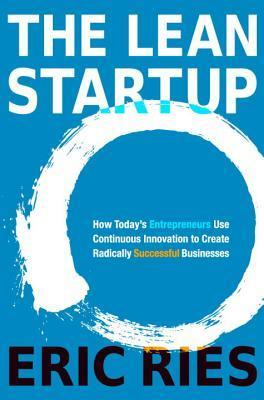More on this book
Community
Kindle Notes & Highlights
by
Eric Ries
Read between
May 11 - May 21, 2023
We adopted the view that our job was to find a synthesis between our vision and what customers would accept; it wasn’t to capitulate to what customers thought they wanted or to tell customers what they ought to want.
The truth is that most managers in most companies are already overwhelmed with good ideas. Their challenge lies in prioritization and execution, and it is those challenges that give a startup hope of surviving.
For example, one of the most famous viral success stories is a company called Hotmail. In 1996, Sabeer Bhatia and Jack Smith launched a new web-based e-mail service that offered customers free accounts.
When the Five Whys approach goes awry, I call it the Five Blames. Instead of asking why repeatedly in an attempt to understand what went wrong, frustrated teammates start pointing fingers at each other, trying to decide who is at fault. Instead of using the Five Whys to find and fix problems, managers and employees can fall into the trap of using the Five Blames as a means for venting their frustrations and calling out colleagues for systemic failures.
Although there was a tremendous amount of invention and innovation in the early twentieth century, most of it was devoted to increasing the productivity of workers and machines in order to feed, clothe, and house the world’s population. Although that project is still incomplete, as the millions who live in poverty can attest, the solution to that problem is now strictly a political one. We have the capacity to build almost anything we can imagine. The big question of our time is not Can it be built? but Should it be built? This places us in an unusual historical moment: our future prosperity
...more


